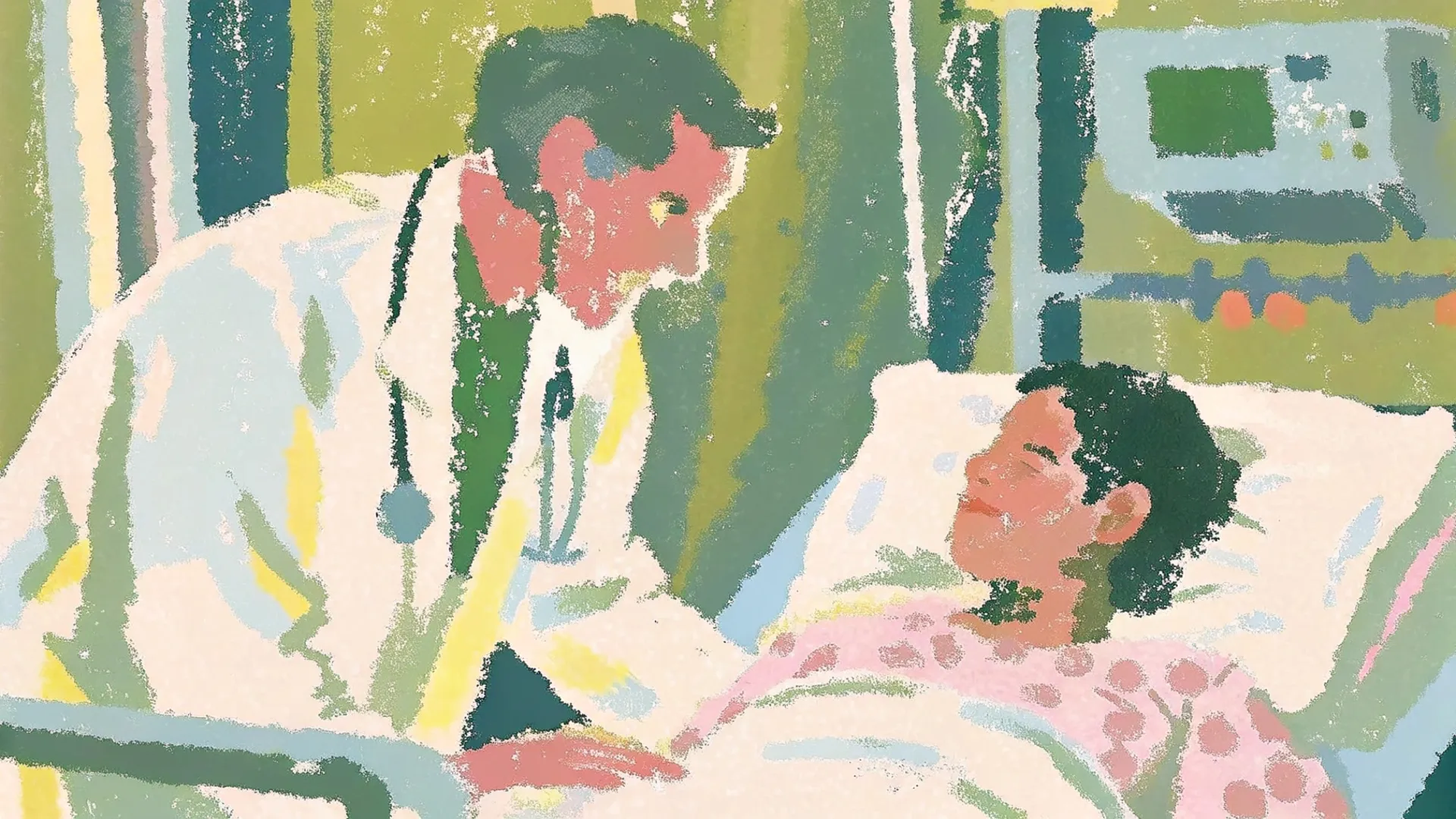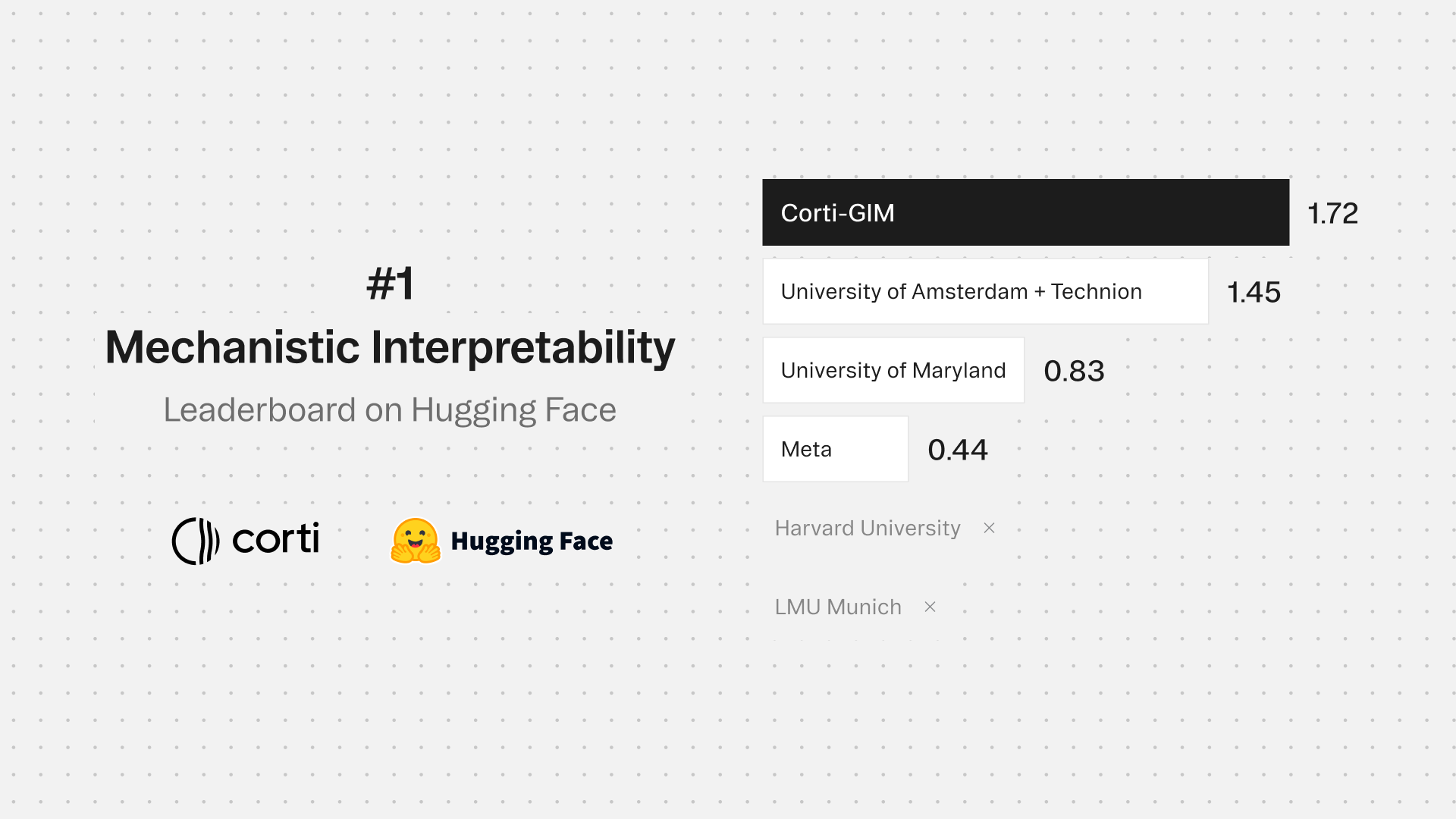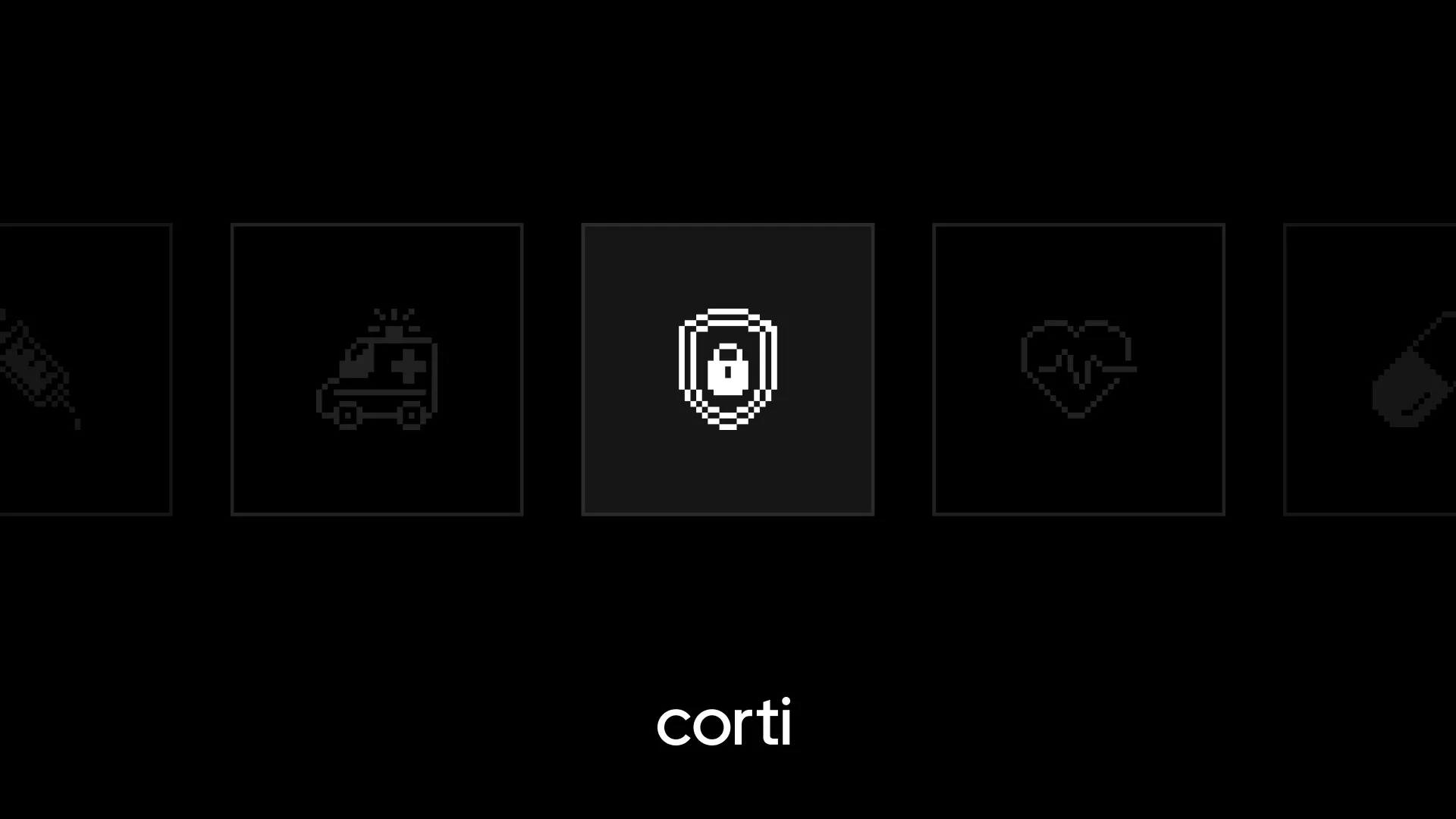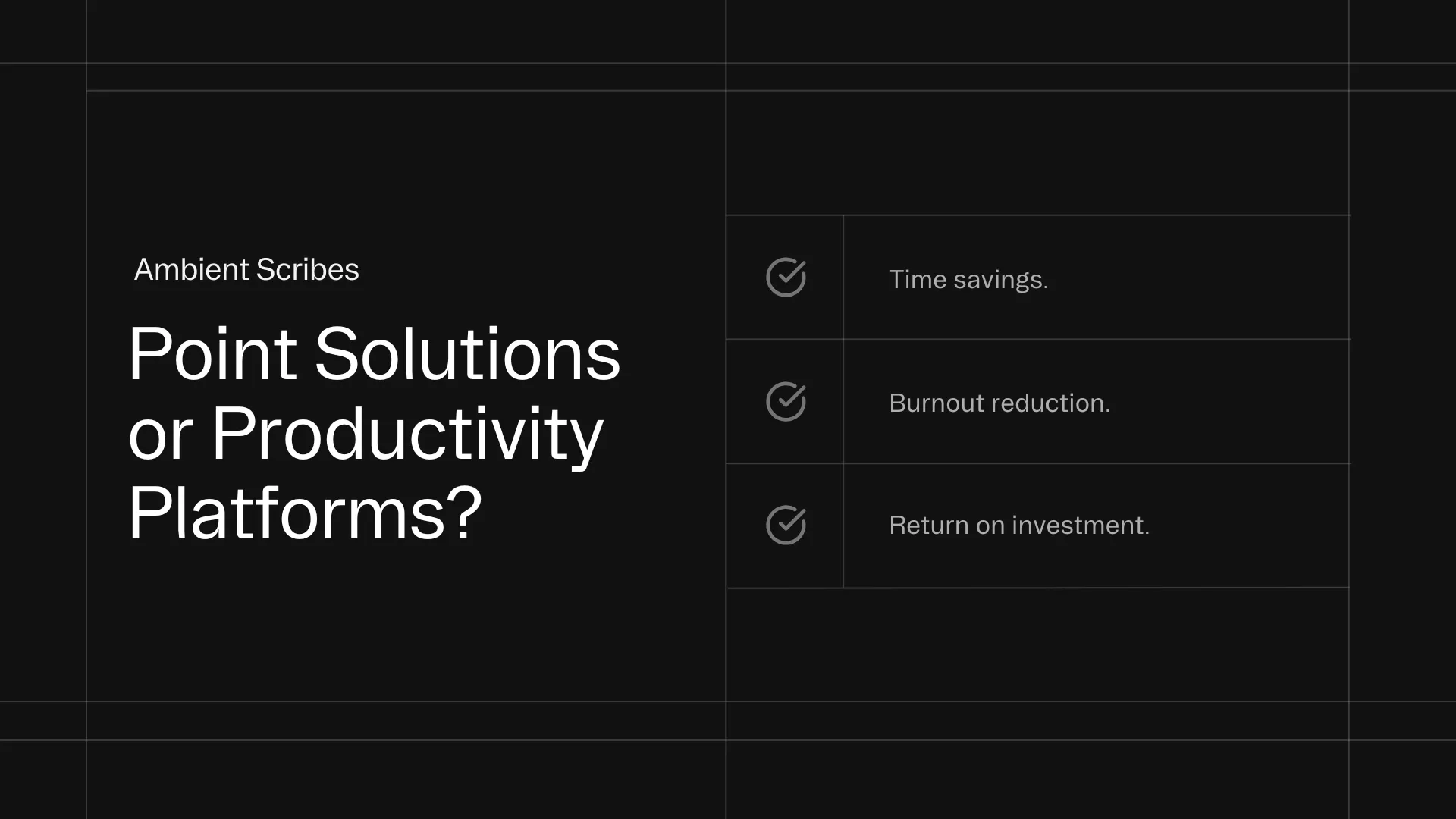When clinical conversations are difficult

One year ago, I was still practicing surgery full-time. Most cases followed a rhythm: I saw patients in the office or bedside, they described familiar symptoms, and I responded with familiar actions. It’s the kind of pattern recognition that builds quietly over years of clinical work. Experience that lets you move fast and confidently.
But then there were the other cases.
The tricky ones. The slow burners. The patient who sits down and starts explaining their abdominal pain, and ten minutes later, you’re still trying to figure out what the pain actually is, when it started, and what it might mean.
Sometimes the difficulty is medical. Often, though, it is linguistic.
Many patients struggle to explain what they’re feeling. In-patients, in particular, may be confused, anxious, or medicated. And in emergencies, fear, dehydration, sleep deprivation, and electrolyte disturbances are common. Even in calm settings, some people simply aren’t used to describing their bodies out loud. And some, frankly, are just not very good storytellers.
We all have talents and anti-talents. For example, surgeons are often blunt, but they usually compensate for this with impatience.
Jokes aside, clinicians often find themselves decoding messy stories under time pressure. A patient might say, “I’ve had abdominal pain for three weeks,” then later mention it also happened five months ago. And oh, seven years back they had three colonoscopies, and part of their colon was removed. Multiply that by eight symptoms and a few contradictory lab results, and your brain starts to melt.
Now throw in a ringing phone. A knock at the door. A reminder that the next patient is already waiting. This is clinical reasoning under duress.
The truth is, many medical encounters don’t unfold as neat, linear narratives. They come in fragments, contradictions, and half-remembered histories. And while you’re trying to listen empathetically, your mind is juggling timelines, differential diagnoses, next steps, and what you think the patient meant.
And that is exactly why documentation is hard.
In an ideal world, we’d have time after each encounter to sit down, sift the details, weigh them up, and reconstruct the story. But medicine rarely offers that kind of pause. So we fall back on memory, shorthand, and autopilot. And when that fails, we miss things.
This is a clinical problem we’re trying to solve with FactsR. It quietly tracks the conversation in real time and pieces together a clinical picture as the patient speaks. All in the background, without getting ahead of itself.
It doesn’t replace clinical thinking, but it helps keep track, especially when the conversation is messy, non-linear, or interrupted.
At the end of the day, most patients are trying to tell you what’s wrong. It’s just that their bodies and their words don’t always align. And sometimes, you need a second brain in the room to help you hear the signal through the noise.



